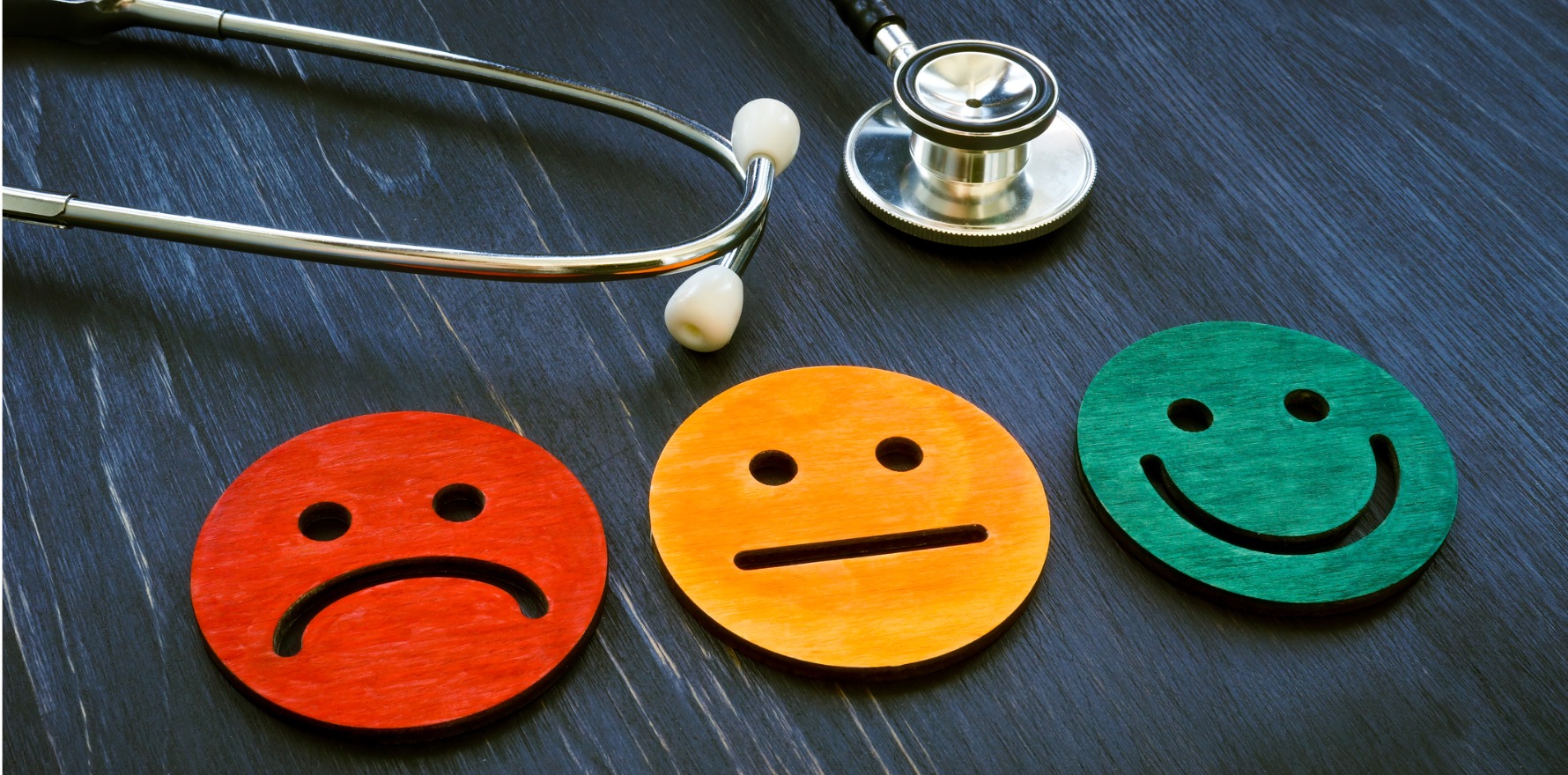
Cash-strapped patients are skipping or delaying appointments to GPs, hospitals, specialists, mental health professionals and even accessing their medicines, the ABS reveals.
New data from the Australian Bureau of Statics paints a deeply concerning picture about the number of Australians who are not getting the healthcare and medicines they need because of cost.
The problem runs across the board, from patients accessing GP services, to specialists, mental health professionals and prescription medicines. And more than 3% of Australians delayed or didn’t go to hospital because of cost, the data revealed.
The ABS report found 7% of Australians who needed to see a GP in 2022-23 delayed or didn’t do so because of the cost involved.
“This was double the number compared to 2021-22, when 3.5% of people put off or did not see a GP when they needed because of the cost,” said ABS head of health statistics Robert Long.
And the bad news doesn’t stop there.
“One in five people, or 19.3%, said cost was a reason for delaying or not seeing a health professional for their mental health when needed. This rose from 16.7% in 2021-22,” said Mr Long said.
“In 2022-23, data showed that 10.5% of people said cost was a reason for putting off or not seeing a medical specialist when needed, up from 8% in 2021-22.
“People who said cost was a reason why they delayed visiting or didn’t go to a hospital when needed rose from 1.8% in 2021-22 to 3.2% in 2022-23.
“There was also an increase in people who delayed or didn’t get prescription medication when needed due to cost, from 5.6% in 2021-22 to 7.6% in 2022-23.”
Mr Long said that generally speaking, younger people and those living in areas of most socio-economic disadvantage were more likely to delay or not use certain health services when needed because of the cost.
People living in areas of most socio-economic disadvantage were more likely than people living in areas of least disadvantage to delay or not see a dental professional when needed due to cost (26.1% compared to 11.1%). Dental professionals include dentists, dental hygienists and dental specialists.
Delaying or not seeing a health professional for mental health when needed due to cost was more common for young people between 15 and 24 years compared with people 65 years and over (23% compared to 8.6%). Mental health professionals include GPs, psychologists, psychiatrists and other mental health professionals (including mental health nurses, social workers, counsellors and occupational therapists).
Access to preferred healthcare providers and waiting times also rose in 2022-23.
The survey also found that 36% of people could not see their preferred GP on at least one occasion, an increase from 32% in 2021-22.
In 2022-23, 45.6% of people who saw a GP for urgent medical care reported waiting for 24 hours or more, an increase from 39.1% in 2021-22.
When it came to those who did access general health service use, GPs continued to be the most common health professionals seen in 2022-23. However, the proportion of people who saw a GP decreased to 82.3% in 2022-23, from 83.6% in 2021-22.
Health service use in 2022-23 remained similar to 2021-22 for those who:
- Saw a medical specialist (37.9% compared to 38.9%)
- Visited a hospital emergency department (ED) (15.2% compared to 14.8%)
- Were admitted to hospital (12.6% compared to 12.8%)
- Saw a GP for urgent medical care (8.6% compared to 8%)
- Saw an after-hours GP (stayed at 5.5%).
Females were more likely than males to use the following health services:
- GP (86.9% compared to 77.6%)
- Dental professional (55.7% compared to 48.7%)
- Medical specialist (40.5% compared to 35.1%)
- Be admitted to hospital (14.2% compared to 10.9%)
- GP for urgent medical care (9.7% compared to 7.3%)
- After hours GP (6.4% compared to 4.5%).
The survey revealed people used fewer telehealth services in 2022-23, with 27.7% cent of people having at least one telehealth consultation in the last 12 months, compared to 30.8% in 2021-22. The bulk of these (23.6%) were with GPs and 5.7% of people had a telehealth consultation with a medical specialist.
The following people were more likely to have a telehealth consultation:
- those with a long-term health condition than those without a long-term health condition (37.1% compared to 17.3%).
- Females than males (33.7% compared to 21.4%).
- Those aged 65-74 years than those aged 15-24 years (31.6% compared to 20.9%).
- Those living in areas of least socio-economic disadvantage than those living in areas of most disadvantage (29.3% compared to 24.9%).
- Those living in major cities than those living in outer regional, remote or very remote areas (28.3% compared to 23.4%).
In 2022-23, people who had a telehealth consultation reported positive feedback from the experiences, 80.7% saying the health professional had always listened to carefully, 83.9% had always shown respect, and 79.1% had always had enough time spent with them.
Of those who had a telehealth consultation, 87.7% reported that they would use telehealth for a consultation again if it was offered. People aged 45-54 years were more likely to use telehealth for a consultation again if it was offered than those aged 75-84 years (91.5% compared to 78.3%).

